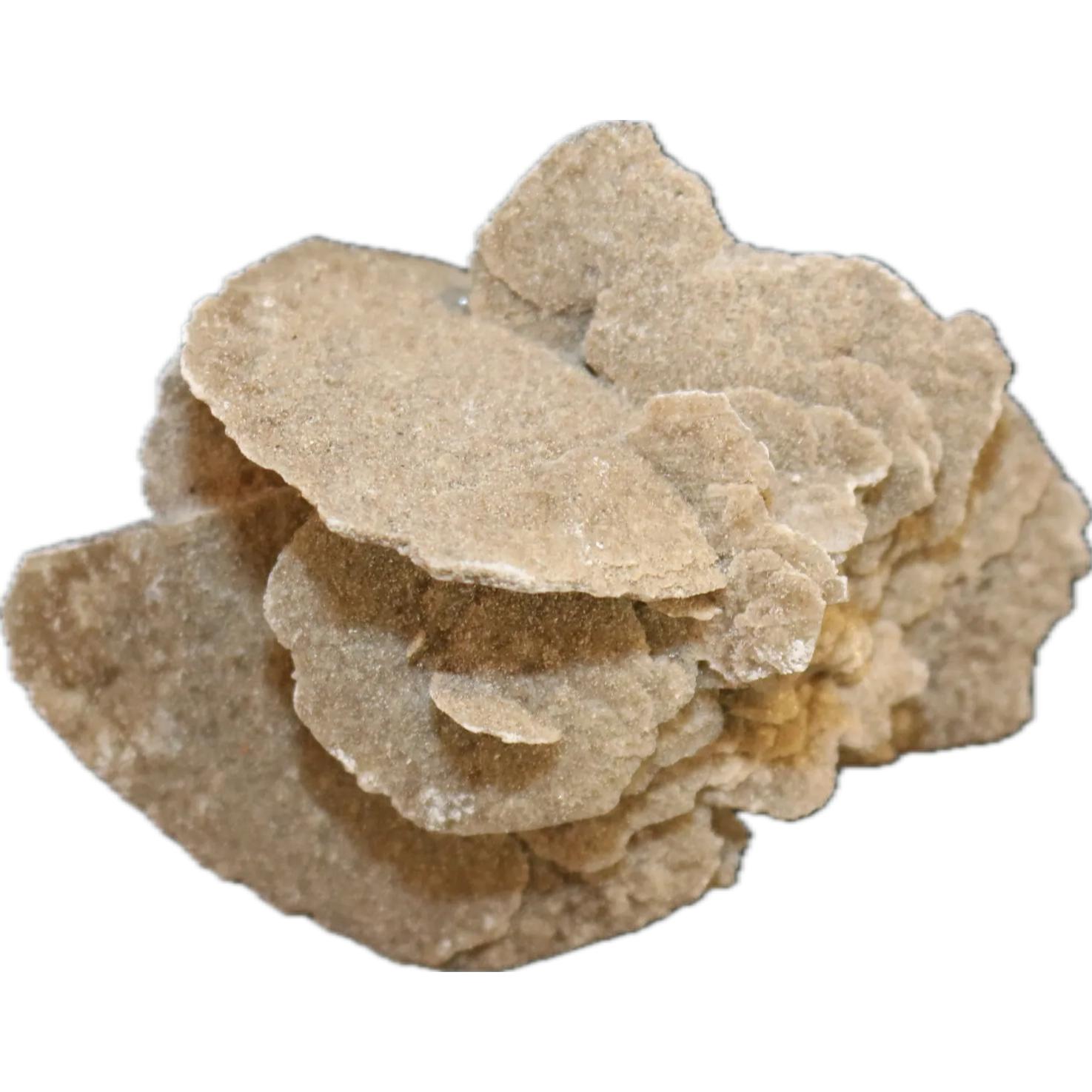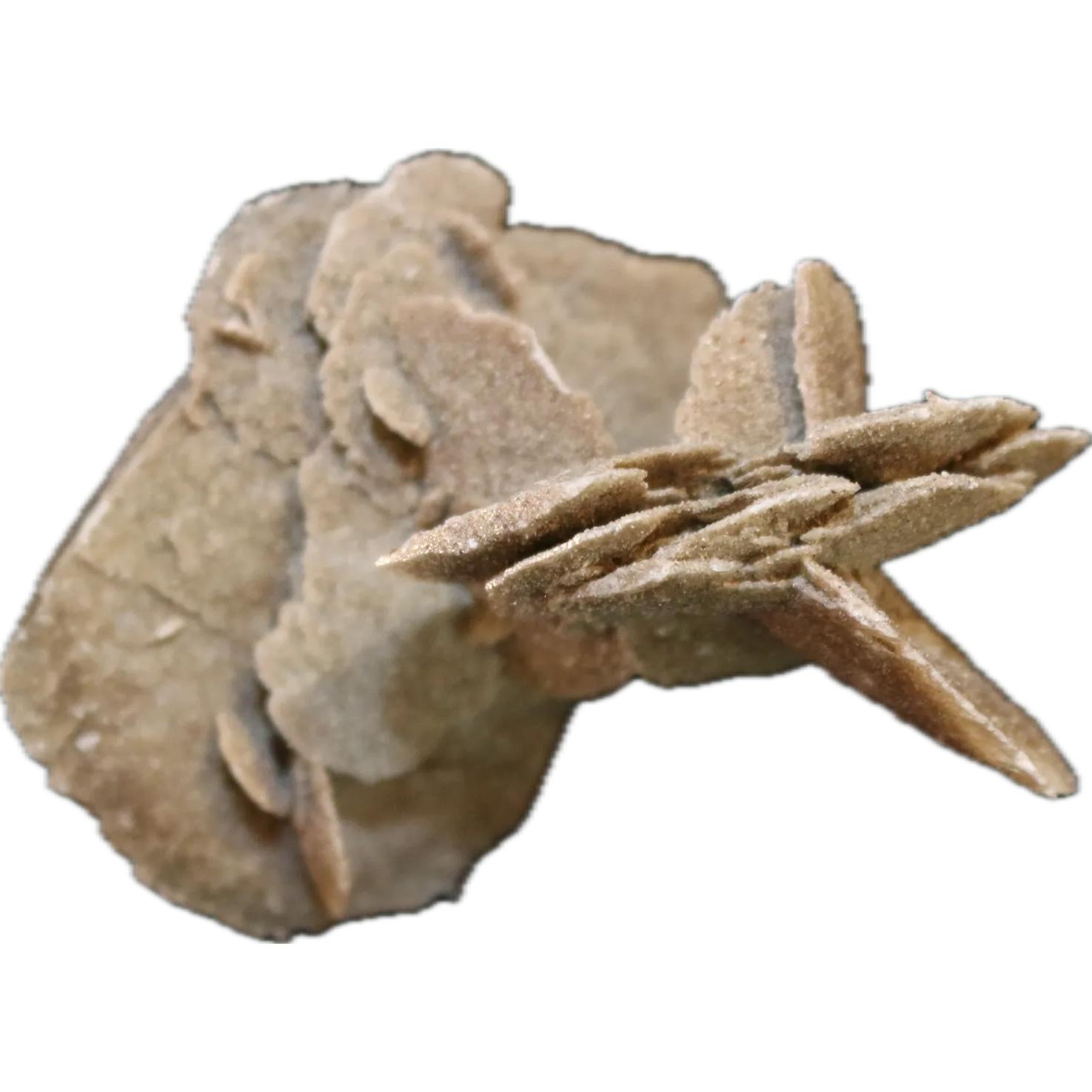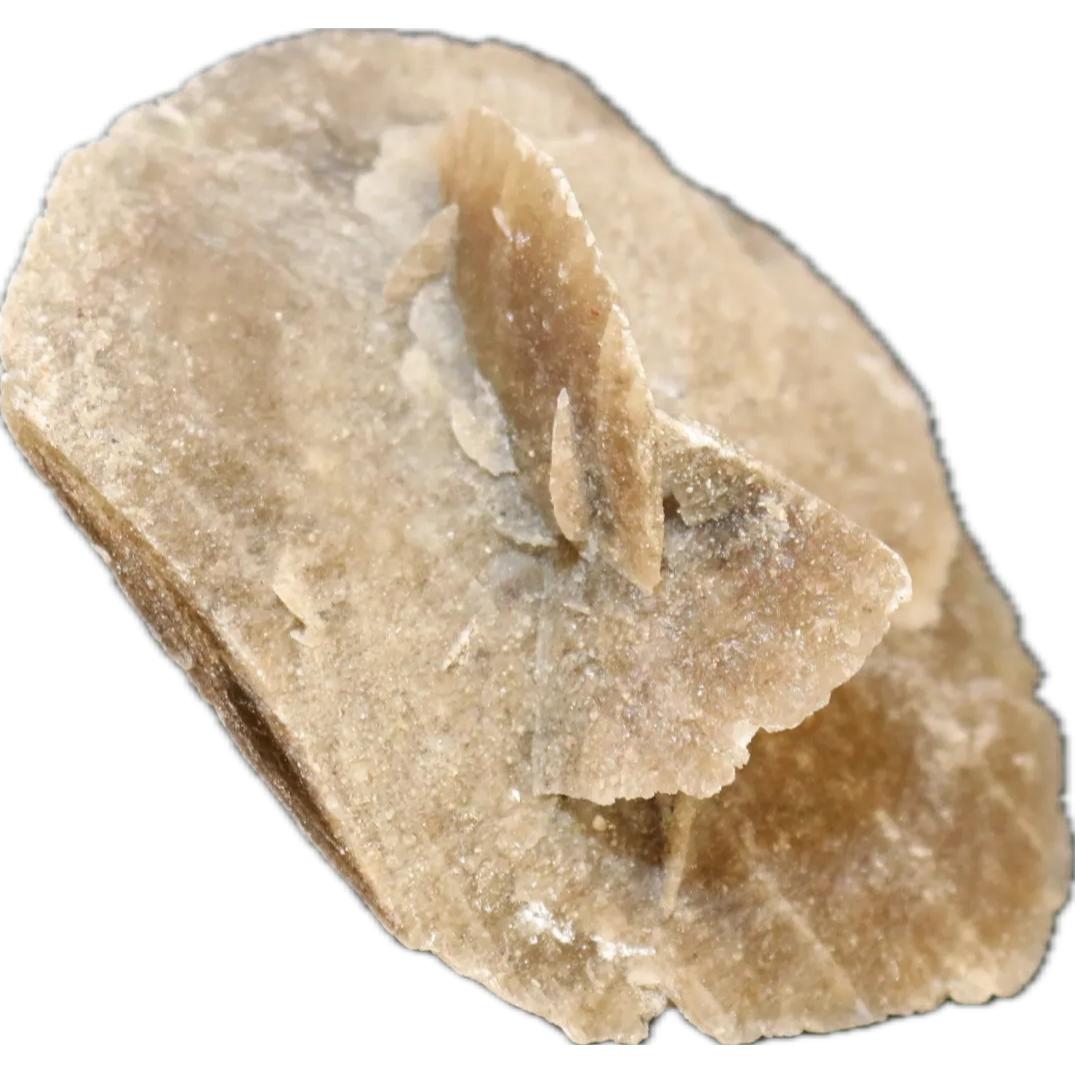Showing all 16 results
-
Desert Rose Mexico
$15.00 -
Desert Rose Mexico
$15.00 -
Desert Rose Mexico
$15.00 -
Desert Rose Mexico
$15.00 -
Desert Rose Mexico
$15.00 -
Desert Rose Mexico
$15.00 -
Desert Rose Mexico
$15.00 -
Desert Rose Mexico
$15.00 -
Desert Rose Mexico
$15.00 -
Desert Rose Mexico
$15.00 -
Desert Rose Mexico
$15.00 -
Amazing Desert Rose Mexico
$150.00 -
Desert Rose Mexico
$15.00 -
Desert Rose Mexico
$15.00 -
Desert Rose Mexico
$15.00 -
Desert Rose Mexico
$15.00
Desert rose is the colloquial name given to rose-like formations of crystal clusters of gypsum or baryte which include abundant sand grains.
















